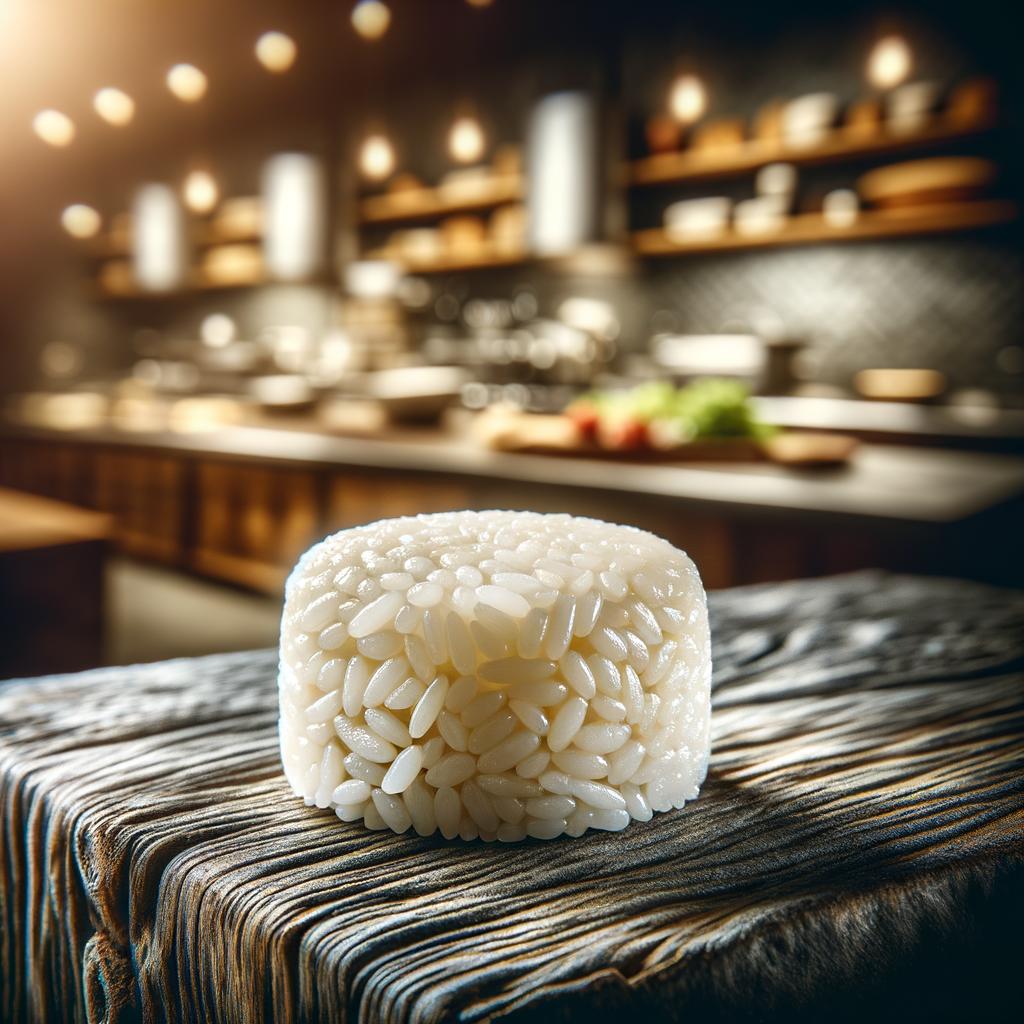Rice Cakes

Description Rice cakes, those humble, round discs that have been a staple in many cultures for centuries, are a blank canvas of culinary potential. They are typically white, though the hue can vary depending on the type of rice used. Their texture is a delightful paradox—crispy yet tender, firm yet yielding. The flavor of rice cakes is subtle and mild, a gentle whisper of earthiness that serves as a backdrop for bolder flavors. What sets rice cakes apart is their versatility. They can be dressed up or down, sweetened or spiced, and always maintain their integrity.
Primary Uses Rice cakes are a culinary chameleon, seamlessly adapting to a multitude of dishes across various cuisines. In Korean cooking, they are a key component in Tteokbokki, a spicy stir-fried dish that is a beloved street food. In Italy, they are often used as a gluten-free alternative to bread. In the health and wellness community, rice cakes are lauded as a low-calorie snack, often topped with avocado, almond butter, or fresh fruit. Beyond the kitchen, they have cultural significance in many Asian countries, where they are used in religious ceremonies and celebrations.
History The history of rice cakes is as rich and varied as the cultures that have embraced them. Originating in Asia, where rice has been cultivated for thousands of years, they were initially used as a way to preserve the grain during long winters. Over time, their use spread across the globe, with each culture adding its own unique twist. In Japan, there is a myth that a rabbit lives on the moon making rice cakes, a story that adds a touch of whimsy to this simple ingredient. Today, rice cakes are enjoyed worldwide, their popularity a testament to their timeless appeal.
Nutritional Information Rice cakes are a nutritional powerhouse in a petite package. They are low in calories, making them a popular choice for those watching their weight. They also contain trace amounts of essential minerals like iron and magnesium. However, as they are made from white rice, they are low in fiber and can cause a spike in blood sugar levels if eaten alone. Compared to whole grain alternatives, they have a higher glycemic index. Despite this, when paired with protein or healthy fats, they can be part of a balanced diet. Their story is one of simplicity and adaptability, a testament to the power of humble ingredients.

